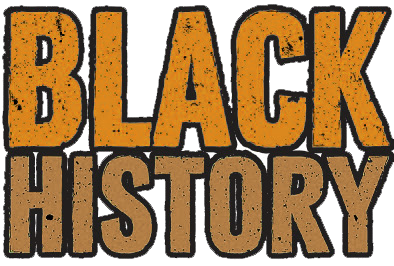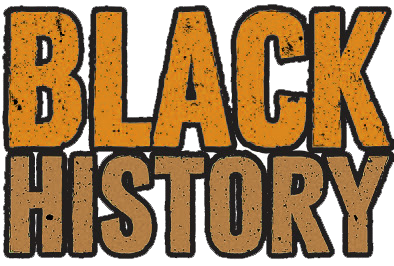Private School in DC Believed to Had Taught Slaves How to Read Actually Sold Slaves Instead
The Georgetown Visitation Preparatory School, a prestigious girls' school in Washington, D.C. founded in 1799, has always had an admirable reputation as it was once believed that the founding nuns allowed slaves to attend classes and taught them to read. But recent research contradicts that legend and reveals a different story -- the nuns actually sold slaves!
In the 1820s, just a few months after the economic collapse in the country in 1819, Mother Agnes Brent, the superior of the Georgetown Visitation Covenant in Washington, already had tons of debts. And they need more money to fund the construction of the church that they have just started building.
Favorably for them, two of the nuns had relatives who offered a "gift" to Georgetown Visitation -- their four spare slaves, two adults and two children.
This is just one of the instances documented in a 65-page report compiled by a school archivist and historian and made available online by the school itself. The revelation has destroyed the good image of one of the oldest Roman Catholic girls' educational institutions in the country.
According to the report, Georgetown Visitation sisters owned at least 107 enslaved people, including men, women and children, from a year after its founding until 1862, when the federal government made slavery illegal in the District. It has been found that the nuns sold scores of enslaved people to be able to pay off debts and fund new buildings.
"It's hard history to read, and that's the reality of it," Caroline Handorf, the director of communications for Georgetown Visitation, told The Washington Post. "But you can't move forward unless you understand where you're coming from."
Ne'Miya McKnight, a 16-year old Black student at Georgetown Visitation, said that she was not that shocked that her school was built through slave labor. She said white students are even more shocked than nonwhite students.
"Slaves built a lot of D.C. -- all over the U.S., but D.C. especially," McKnight told The Post. "We were glad, though, that Visitation was focusing on this history of having enslaved people on campus -- not tapping into that energy, exactly, but just acknowledging it."
Trending

The First Americans Were Black Indians of African Descent
November 20, 2019

The First Inhabitants of China Were Black
June 11, 2020

Martin Luther King, Jr. Was Arrested 29 Times For These So-Called Crimes
November 03, 2019

Meet the Black Inventor Who Created the First Digital Cell Phone
November 06, 2019

Meet the First Ever African American Head Coach in NFL History
February 03, 2020
Most Popular Posts:
You May Also Like:

Martin Luther King, Jr. Was Arrested 29 Times For These So-Called Crimes
November 03, 2019

The First Americans Were Black Indians of African Descent
November 20, 2019
Also Check Out:

The First Americans Were Black Indians of African Descent
November 20, 2019

The First Inhabitants of China Were Black
June 11, 2020

Martin Luther King, Jr. Was Arrested 29 Times For These So-Called Crimes
November 03, 2019







